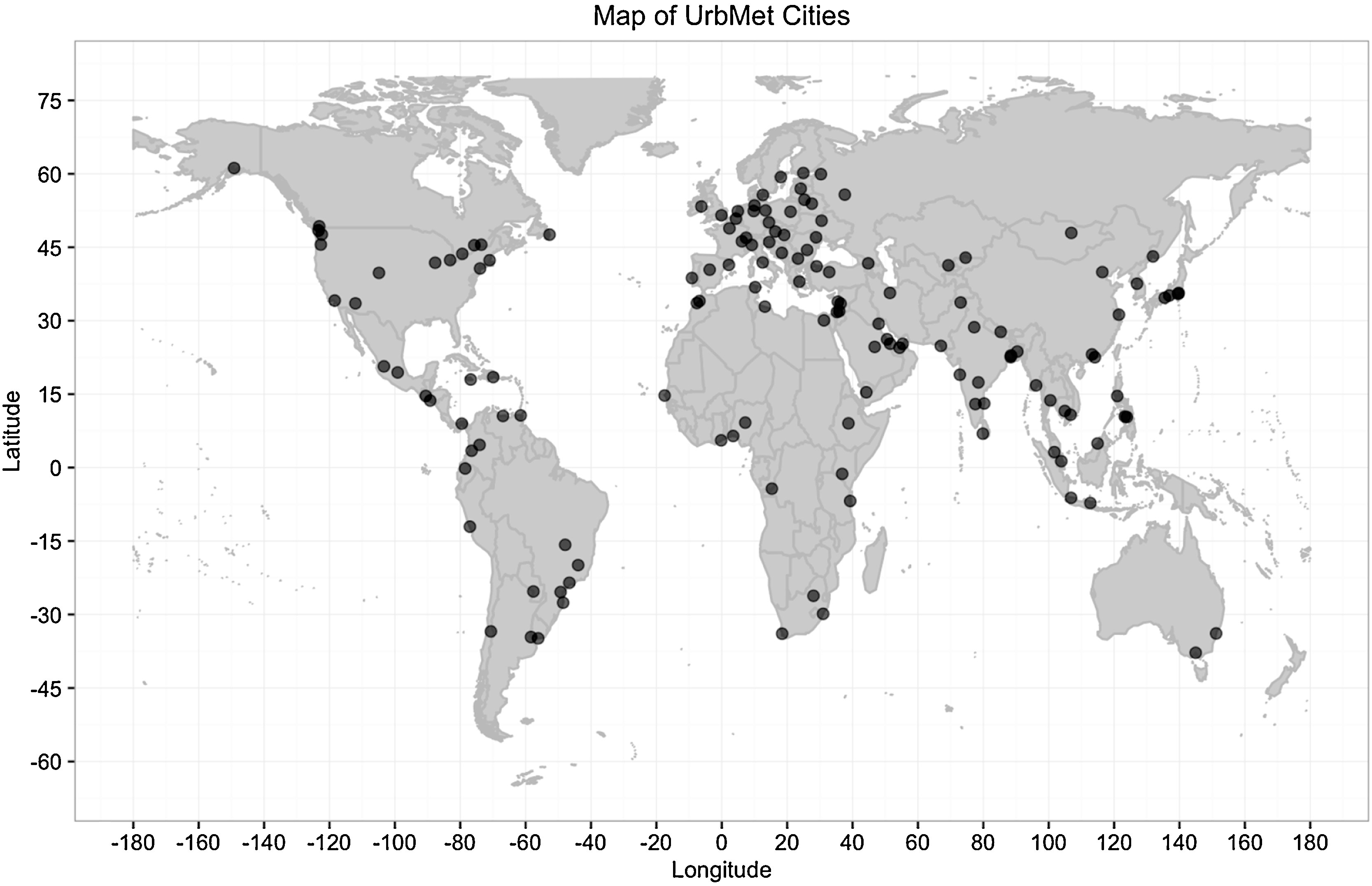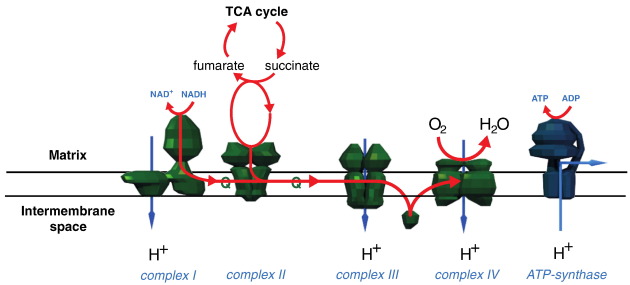Sustainable Cities and Society, Volume 27, 1 November 2016
Combined Sewer Overflow (CSO) infrastructure are conventionally designed based on historical climate data. Yet, variability in rainfall intensities and patterns caused by climate change have a significant impact on the performance of an urban drainage system. Although rainwater harvesting (RWH) is a potential solution to manage stormwater in urban areas, its benefits in mitigating the climate change impacts on combined sewer networks have not been assessed yet.
Sustainable Cities and Society, Volume 27, 1 November 2016
The sustainability of urban water systems is often compared in small numbers of cases selected as much for their familiarity as for their similarities and differences. Few studies examine large urban datasets to conduct comparisons that identify unexpected similarities and differences among urban water systems and problems. This research analyzed a dataset of 142 cities that includes annual per capita water use (m3/yr/cap) and population. It added a 0.5 ° grid annual water budget value (P-PET/yr) as an index of hydroclimatic water supply.
Sustainable Cities and Society, Volume 27, 1 November 2016
This paper uses ‘Medieval’ drought conditions from the 12th Century to simulate the implications of severe and persistent drought for the future of water resource management in metropolitan Phoenix, one of the largest and fastest growing urban areas in the southwestern USA. WaterSim 5, an anticipatory water policy and planning model, was used to explore groundwater sustainability outcomes for mega-drought conditions across a range of policies, including population growth management, water conservation, water banking, direct reuse of RO reclaimed water, and water augmentation.
Sustainable Cities and Society, Volume 27, 1 November 2016
Water reuse networks have been emerging globally for the last 50 years. This article reviews the economic, social and environmental issues related to implementing water reuse networks in cities. This is reflecting the fact that globally many cities are categorised as water scarce areas, where there is growing imbalance between water demand and availability. In this sense, there is a need for sustainable water supply solutions in the imminent future to provide and maintain service reliability, particularly in the face of climate change.
Sustainable Cities and Society, Volume 27, 1 November 2016
Increases in water treatment technology have made water recycling a viable engineering solution to water supply limitations. In spite of this, such water recycling schemes have often been halted by lack of public acceptance. Previous studies have captured the public's attitudes regarding planned reuse schemes, but here we focus on unplanned reuse (i.e. de facto reuse), present in many cities across the U.S.
Sustainable Cities and Society, Volume 27, 1 November 2016
Shortages of freshwater have become a serious issue in many regions around the world, partly due to rapid urbanisation and climate change. Sustainable city development should consider minimising water use by people living in cities and urban areas. The purpose of this paper is to improve our understanding of water-use behaviour and to reliably predict water use. We collected appropriate data of daily water use, meteorological parameters, and socioeconomic factors for the City of Brossard in Quebec, Canada, and analysed these data using multiple regression techniques.
Sustainable Cities and Society, Volume 27, 1 November 2016
The study of resilience in the face of large physical and climatic change has emerged as an important area of research. But while the physical variables under study are easily identified, the notion of resilience itself remains nebulous. In recent years, it has been taken to mean both mitigation and adaptation, concepts that are often used in interchangeably or in conjunction (sometimes hyphenated as “adaptation-mitigation”).
Mitochondrion, Volume 31, 1 November 2016
Press release November 1, 2016


